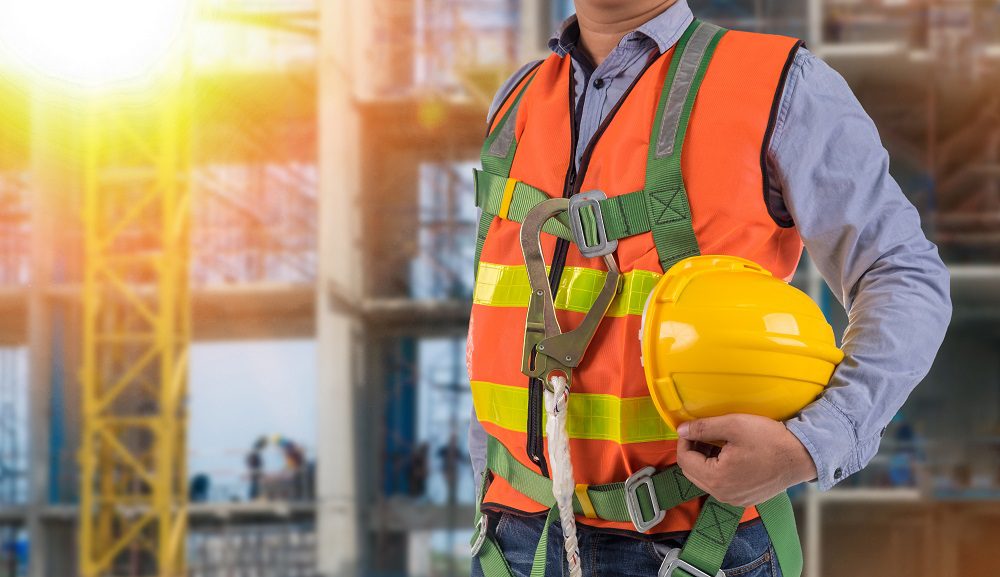Committee Power Transformative Guidelines for Enhanced Safety Culture
In the ever-evolving landscape of industries, the paramount importance of safety cannot be overstated. As organizations strive for excellence, cultivating a robust safety culture becomes not just a regulatory requirement but a moral imperative. Recognizing the pivotal role that committees play in shaping and sustaining safety practices, this discussion delves into transformative guidelines to enhance safety culture within organizations. Committees wield considerable power in steering an organization’s safety narrative. Beyond their traditional role in policy formulation, safety committees are becoming catalysts for cultural change. A fundamental guideline involves ensuring that safety committees are representative of diverse perspectives within the organization. Inclusivity in committee composition fosters a holistic understanding of potential hazards and risk factors across various departments. This inclusivity not only reflects a commitment to equity but also taps into a wealth of collective knowledge that can be instrumental in crafting comprehensive safety protocols.

Transparency emerges as a cornerstone guideline in the quest for an enhanced safety culture. Committees must actively promote transparency by disseminating information regarding safety measures, incident reports, and preventive measures. Open communication channels within the committee and with the broader workforce instill trust and empower employees to actively participate in safety initiatives. Transparent reporting mechanisms for incidents, near misses, and proactive interventions create a culture where learning from mistakes is not just accepted but celebrated as an opportunity for improvement. Empowering committees with the autonomy to conduct thorough risk assessments is another transformative guideline. Instead of merely reacting to incidents, committees should proactively identify potential hazards through systematic risk assessments. Regular safety audits and inspections, coupled with feedback mechanisms from frontline workers, contribute to a dynamic risk management system. This proactive approach positions safety committees as proactive agents of change, driving continuous improvement and innovation in safety protocols.
Education and training constitute pivotal guidelines for committees aiming to instill a safety-first mindset. Beyond routine training programs, committees should facilitate ongoing education campaigns that keep safety at the forefront of employees’ minds. From leveraging immersive training technologies to conducting regular workshops and drills, committees play a central role in fostering a culture where safety is not viewed as a compliance checkbox but as an integral part of organizational ethos. Collaboration emerges as a guiding principle that amplifies the impact of safety committees. Committees should actively collaborate with external safety experts, Safety Planning Strategies regulatory bodies, and industry peers to stay abreast of best practices and emerging trends. Establishing networks that transcend organizational boundaries allows committees to access a wealth of knowledge, enabling them to adopt cutting-edge safety measures and adapt swiftly to industry changes. The transformative guidelines outlined above position safety committees as linchpins for cultivating an enhanced safety culture within organizations.